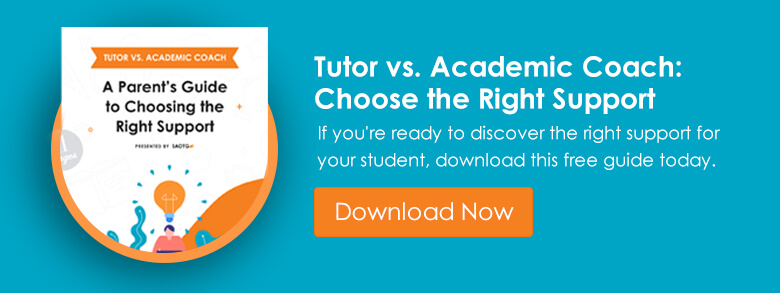I know, I know, another post about habits. We are firm believers in habits and routines for success at school and beyond. Habits form the foundation of any successful person, so naturally, we write about them a lot. While we have posts dedicated to study habits, time management habits, micro habits, and every habit-related subcategory imaginable, we don’t have an overarching habit formation blog. That, my friends, is the intention of this blog post.
So, how do we form a habit? Let’s look at what the modern science of habit formation says. There are essentially three components:
- The cue, sometimes called the “trigger,” is whatever kicks things off, be it visual stimuli, a time of day, or a specific location.
- The routine or the behaviors carried out after the cue.
- And lastly, the reward, or what signals that the habit cycle is complete.
Understanding habit formation components gives students and non-students alike a simple diagnostic tool to make substantial lifestyle changes. To change any habit (good or bad), all we have to do is target any of these three components. For example, if your child wants to keep a more organized binder, one helpful habit is to spend five minutes per day hole punching and sorting papers into their respective sections.
Change the cue: Set an alarm indicating “organization” time or put a sticky note that says “organize binder” in a strategic location. The “strategic location” can be on your laptop keyboard or even on the refrigerator door.
Change the routine: Think about what gets in the way of binder organization currently. If your student typically avoids eye contact with his or her bulky, dilapidated binder, reinvesting in a top-of-the-line, three-ring binder will do the trick. Also, try setting the binder atop the rest of the backpack materials, so it’s the first thing students have to pull out when they get home. Another trick we have used in the past is to leave only a three-hole puncher on the top of the student’s workspace. Additional visual cues usually do the trick.
Change the reward: An organized binder is a reward in and of itself, but teachers and parents can incentivize binder organization with random binder checks and binder grades throughout the semester. A one-on-one academic coach can also aid in the reward phase through positive reinforcement of A-student behaviors.
Why are old habits hard to break?
Sometimes, a change of habit comes painlessly, delivering fast results in a short amount of time. Unfortunately, many habits prove difficult to break. What makes bad habits so sticky?
I often use a “lazy river” analogy to explain habit formation, like the ones at waterparks or some snazzy hotels. Bad habits are like the tried and true current of a lazy river. Because they have been executed so many times, they keep the river flowing in one direction. They feel safe and easy because the momentum pulls the student in one direction without much thought. In other words, they feel safe and straightforward. Sometimes, students even attach identity statements with bad habits. For instance, disorganized students often say “I’m just naturally disorganized” or “I guess I’m just lazy” when you press them on their binder organization routines. That’s why knowing how habits work or even having the desire to form new habits isn’t always enough to create change.
How to make a new, desired habit stick
To make a habit stick, students need to reverse the course of the lazy river by negating the components mentioned above. First, set a clear vision for habit change. Aiming for drastic changes can be overwhelming. Instead, opt for micro-changes and incremental improvement. Over time, these gradual changes compound to produce the desired behavior. Second, students need to negate the river’s momentum by applying steady effort in the opposite direction. Reinforcing the new habit daily, consistently, and purposefully will work wonders. Lastly, students need to cut out the identity statements that hinder growth. Drawing attention to these often subconscious statements helps students form a new identity as an “organized person.” Encourage students to vocalize their new identity by saying “I am organized” as often as possible.
Changing a habit, especially profoundly ingrained ones, feels difficult because the student is changing his or her identity to fit the new behavior. As daunting as the task might be, we must remember that life is your creation. When you believe that you are the boss of your life, your mind and body will align to support your desires.
For more information on habit change and other executive function topics, please check out our other resources. If you want to learn more about our flagship academic coaching and tutoring program, reach out today!





